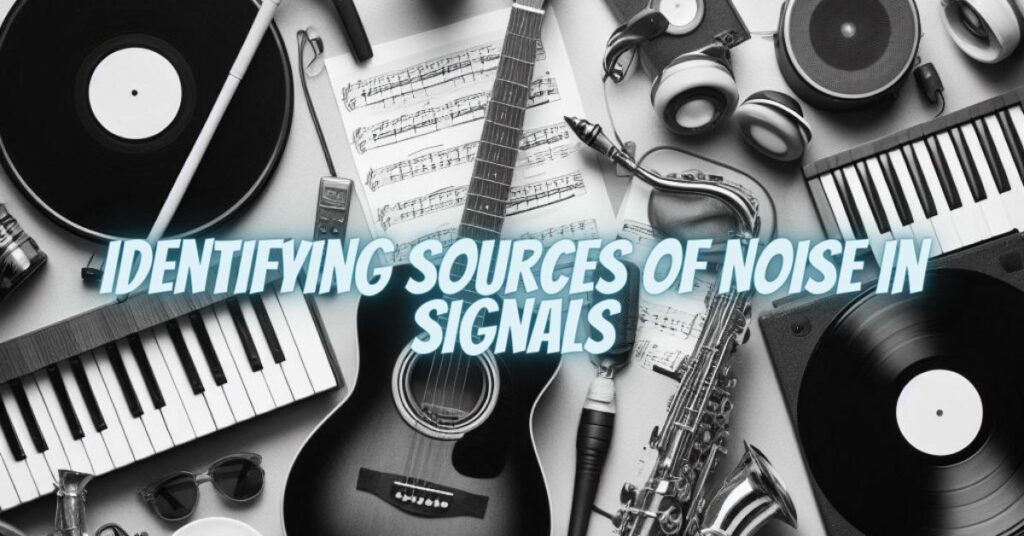A noisy signal is a prevalent issue in the world of electronics and communications, causing interference, distortion, and reduced signal quality. To address and mitigate noisy signals effectively, it’s crucial to understand the common sources and reasons behind this unwanted interference. In this article, we’ll explore the various factors and sources that contribute to a noisy signal.
- Electromagnetic Interference (EMI)
Electromagnetic interference, or EMI, occurs when electromagnetic radiation from one device interferes with the operation of another. This interference can come from various sources, including power lines, electronic devices, and radio frequency transmissions. EMI can induce noise in audio, video, and data signals, leading to distortion and reduced quality.
- Radio Frequency Interference (RFI)
Radio frequency interference, or RFI, is a subset of EMI that specifically involves interference from radio frequency signals. RFI can affect a wide range of electronic devices, from radios and televisions to wireless communications. Common sources of RFI include nearby radio transmitters, wireless devices, and poorly shielded cables.
- Crosstalk
Crosstalk occurs when signals on adjacent wires or transmission lines interfere with each other. In electronic systems, crosstalk can lead to signal distortion and noise. This interference is especially common in complex circuitry, data transmission, and telecommunications systems.
- Ground Loops
A ground loop is an unwanted current flow in an electrical system, often caused by variations in electrical potential between different grounding points. Ground loops can introduce hum and noise in audio systems, causing a distinct humming sound that can be difficult to eliminate.
- Poor Cable Quality
The quality of cables and connectors used in signal transmission is crucial. Inferior cables or damaged connectors can introduce noise and signal degradation. This is particularly relevant in audio and video applications, where high-quality cabling is essential to maintain signal integrity.
- Amplifier Noise
Electronic amplifiers, whether in audio systems or other applications, can introduce noise due to their inherent characteristics. Amplifier noise includes thermal noise, shot noise, and other electronic noise sources. Reducing amplifier noise often involves selecting high-quality components and circuit design.
- Impulse Noise
Impulse noise, also known as spikes or transients, is characterized by sudden and sharp voltage changes in a signal. These spikes can cause signal distortion and introduce unwanted noise. Impulse noise often results from issues like lightning strikes, power surges, and circuit faults.
- Quantization Noise (Digital Systems)
In digital systems, quantization noise is a type of noise introduced during the process of digitizing analog signals. This noise results from rounding errors and the finite resolution of digital representations. Careful selection of bit depth and dithering techniques can help reduce quantization noise.
- Thermal Noise
Thermal noise, also called Johnson-Nyquist noise, arises from the random motion of electrons in a conductor due to thermal energy. It is a fundamental noise source in electronic systems and cannot be eliminated entirely. However, its impact can be minimized by using low-noise components and reducing circuit temperatures.
- Environmental Factors
Environmental conditions, such as temperature, humidity, and atmospheric conditions, can introduce noise into electronic systems. For example, changes in temperature can lead to variations in component performance, affecting signal quality.
A noisy signal can result from a multitude of sources and factors, ranging from electromagnetic interference and crosstalk to amplifier noise and quantization noise in digital systems. Understanding the sources of noise is essential for diagnosing and addressing these issues effectively. By employing proper shielding, high-quality components, and best practices in signal transmission and handling, it’s possible to minimize noise and maintain the integrity of electronic and communication systems.

